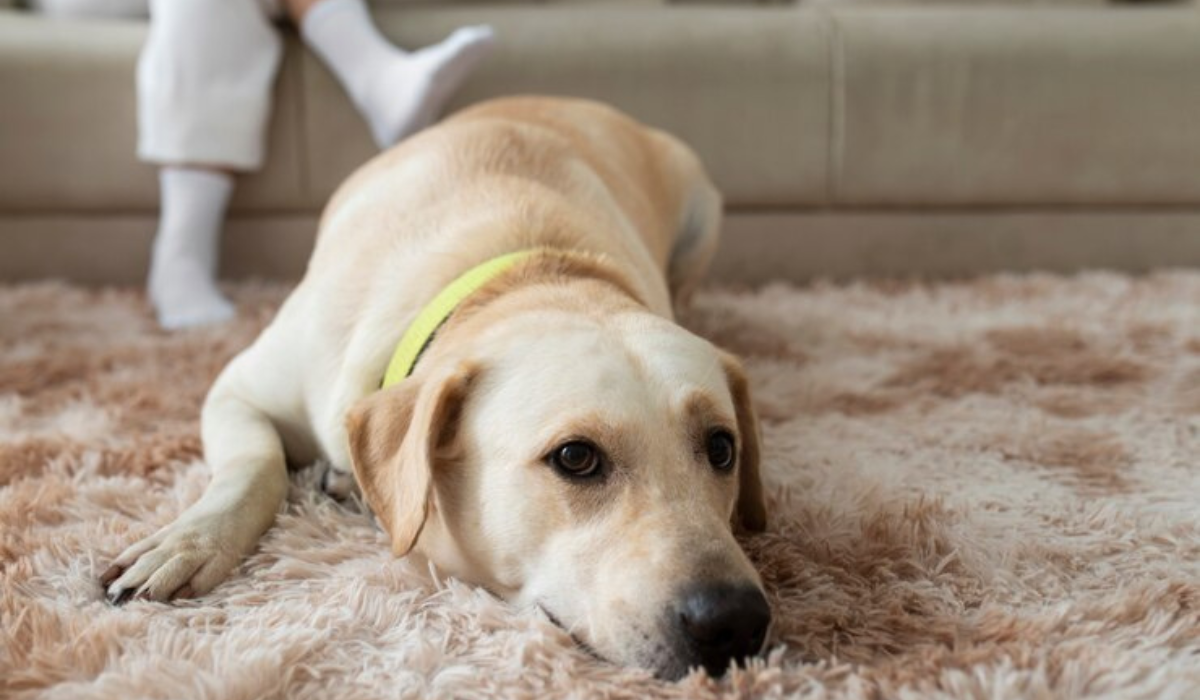may not express love as overtly as dogs, but their subtle behaviors speak volumes about their affection. Here are some ways cats convey their love to their human companions that will help us understand the mystery.
The perception of cats versus dogs:
As “man’s best friend”, dogs are often seen as more affectionate and expressive than cats.
Feline Behavior: Scientific Studies
Researchers at Oregon State University observed how cats responded to a variety of stimuli, including human interaction, food, familiar scents, and toys. It appears that cats are more social than commonly believed, with human contact particularly appealing.
A study of bond formation:
Researchers examined whether cats form bonds with their caretakers in a study led by Dr. Kristyn Vitale published in 2019. Experimental methods used in the study were similar to those used to assess attachment behaviors in humans, dogs, and primates. According to the results, 65% of cats were secure in their attachment to their caretakers, which challenges conventional wisdom.
Attachment Styles: Consistency
Researchers have found that cats retain their attachment styles even after being socialized. During the first six weeks after socialization, most kittens did not exhibit attachment-related behavior changes.
Signals of Feline Affection:
Dogs express affection in a more overt manner than cats. It is common for cats to purr, headbutt, knead, blink, roll over, and deliver “gifts” to demonstrate affection.
The Purr is a sign of calm:
In addition to conveying feline affection, purring can also indicate a wide range of emotions. In the presence of their owners, purring is often a symbol of affection and calmness.
An example of headbutting as a marking behavior is:
By headbutting their owners, cats mark their owners as friends by emitting pheromones.
An overview of kneading’s origins:
Kneading, the rhythmic sinking of paws into surfaces, may be associated with nursing days. As a result, glands are activated, pheromones are released, and the cat’s mother and littermates are associated with a sense of warmth and comfort.
Communication by blinking:
Cats communicate affection by blinking slowly. The blinking of cats is a way for them to communicate, signaling their trust and companionship.
The following behaviors are observed:
Following their owners around the house is a way to show that they are thinking of them.
As a sign of trust, rolling over is a good sign.
Rolling over voluntarily reveals the underside of a cat, signaling their trust in their owners.
Giving gifts:
Slain prey is often offered as a gift by some outdoor cats. Managing hunting behavior can be accomplished by adjusting cats’ diets and fitting them with bright collars.
Having a deeper understanding of these feline behaviors can help owners build stronger relationships with their cats and appreciate how cats express affection in subtle ways.
Relationships, cats, and love:
Relationships between cats and people:
Even though cats are often misunderstood as aloof, they are particular about showing affection. It is not a sign of a lack of love on the part of cats; they simply express affection differently than dogs. In the same way that a child may resist affection from their mother for a period of time, cats can be selective about displaying their affection.
Here are some signs that your cat loves you:
Engagement in physical and emotional activities:
It is important to engage physically and emotionally with a cat owner in order to build a strong relationship. A dog that rubs against your leg, kneads, shows affection, and follows you around the house are signs of this behavior.
An acoustic affection:
It is a clear sign of affection and contentment when a pet purrs when it is petted.
Giving a gift:
Toys are a feline gesture of love, similar to sharing cherished objects.
Proximity to sleeping:
Sleeping in the same room shows a cat’s desire to be with you.
Anxiety associated with separation:
If separated from their owners, cats may display signs of distress, anxiety, or even travel long distances to reunite with them.
How to show your cat love:
Affection is patient:
Don’t forget to respect your cat’s preferences for affection, and pet them on their terms.
Observations and avoidances:
Be aware of your cat’s dislikes, such as specific touches or handling of ears and paws.
In conclusion:
Cats’ love may remain unproven scientifically, but they are evident in their behaviors in terms of their affection. Cats display loyalty and emotional connection to their owners who are devoted to them. Embrace the unique ways your cat expresses love, and remember that love grows with every tender gesture you give. Your cat’s affection is unmistakable, so reciprocate it with warmth to strengthen the bond between you and him.









